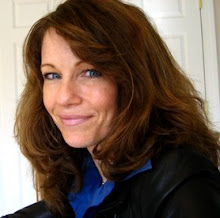It is with deepest regret and a heavy heart that I must inform you that
Cynthia Chapman Willis passed away on March 3, 2014 at the age of 52.
Cindy always aspired to be a writer and, to
that end, she spent many years in the publishing industry before having her
first book, Dog Gone, published in 2008. Cindy left the world of publishing and
committed herself completely to her career as an author. She loved the
book signings and school visits where she had an opportunity to meet so many
wonderful people and answer their questions. Those of you lucky enough to
have met her will no doubt remember her bubbly personality and bright,
infectious smile.
Cindy told very few people about her battle with cancer. She did not want to burden others with her situation and felt she could maintain her career despite all the demands that cancer made on her. Maintaining a positive attitude and steely determination, Cindy fought this battle for twenty, long months. The most difficult part of her “cancer journey”, as she called it, was not having enough time to write all her stories.
Cindy had an amazing and beautiful gift of connecting with people. She cared deeply and it showed in everything she did. She saw the value in everyone she met and made each person feel special.
I am Cindy’s younger sister. I think
of her as the comet in my life: shining brightly and bringing joy to all who
were lucky enough to catch a glimpse. I basked in the bright glow of her
wake, always happy to tag along. I know that, although it feels very sad
and dark right now, the stars will shine again and life will march on as it
always does. Perhaps that’s why we need to take the time to watch for
comets. They fly by so fast, burn so bright, and disappear so quickly.
For all of you that loved and supported her as an author and friend, thank you and God bless.
Carey












